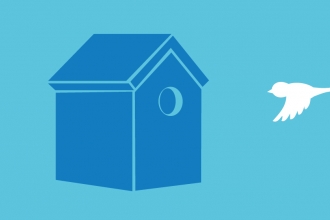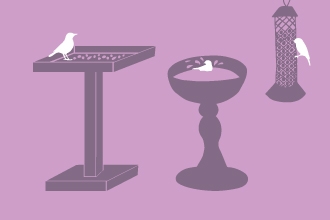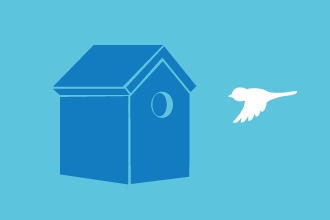As autumn seems to have arrived with a bang this week and birds like bramblings are arriving on the UK's east coast, it's time to talk finches.
This beautiful family includes some of the most flamboyant birds we see in our gardens and local green spaces, from dazzling goldfinches to multi-coloured chaffinches. as the breeding season has come to a close, many of these birds flock together and if you're lucky, not only will you see them arrive at your garden feeding stations but keep a look out for large flocks roaming the countryside in search of seeds.
Finches were prized by Victorians for their singing abilities and were captured in their thousands to be kept in cages and exhibited at singing competitions. Their fortunes since then have been mixed and, in line with many bird species, some of the finch family members have declined through a loss of habitat and feeding opportunities. In addition, their populations have also been hit hard by a disease, Trichomonosis, whose spread can be hastened by many birds mixing at garden feeders (so it's really important to keep them clean but more of that later).







